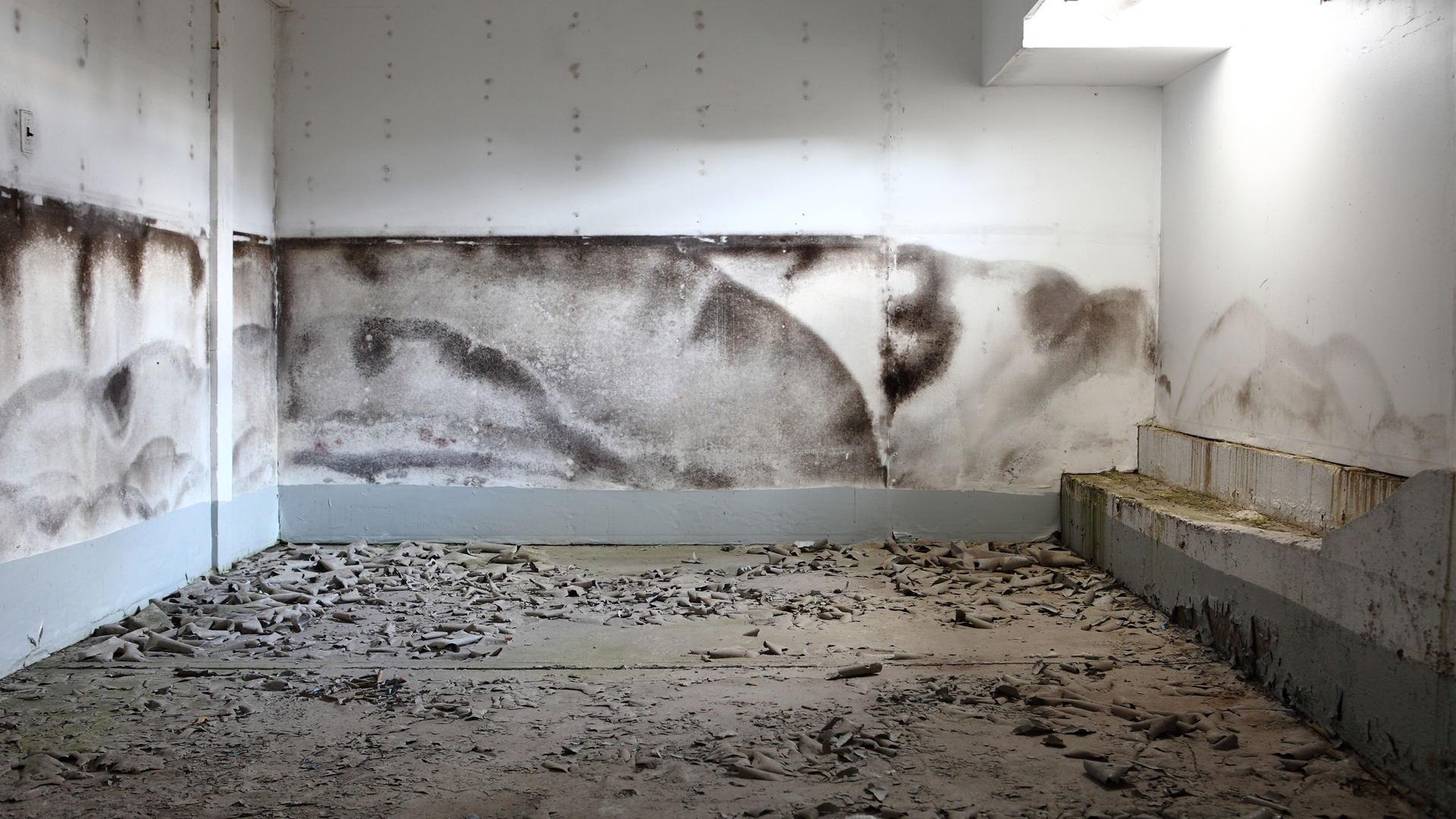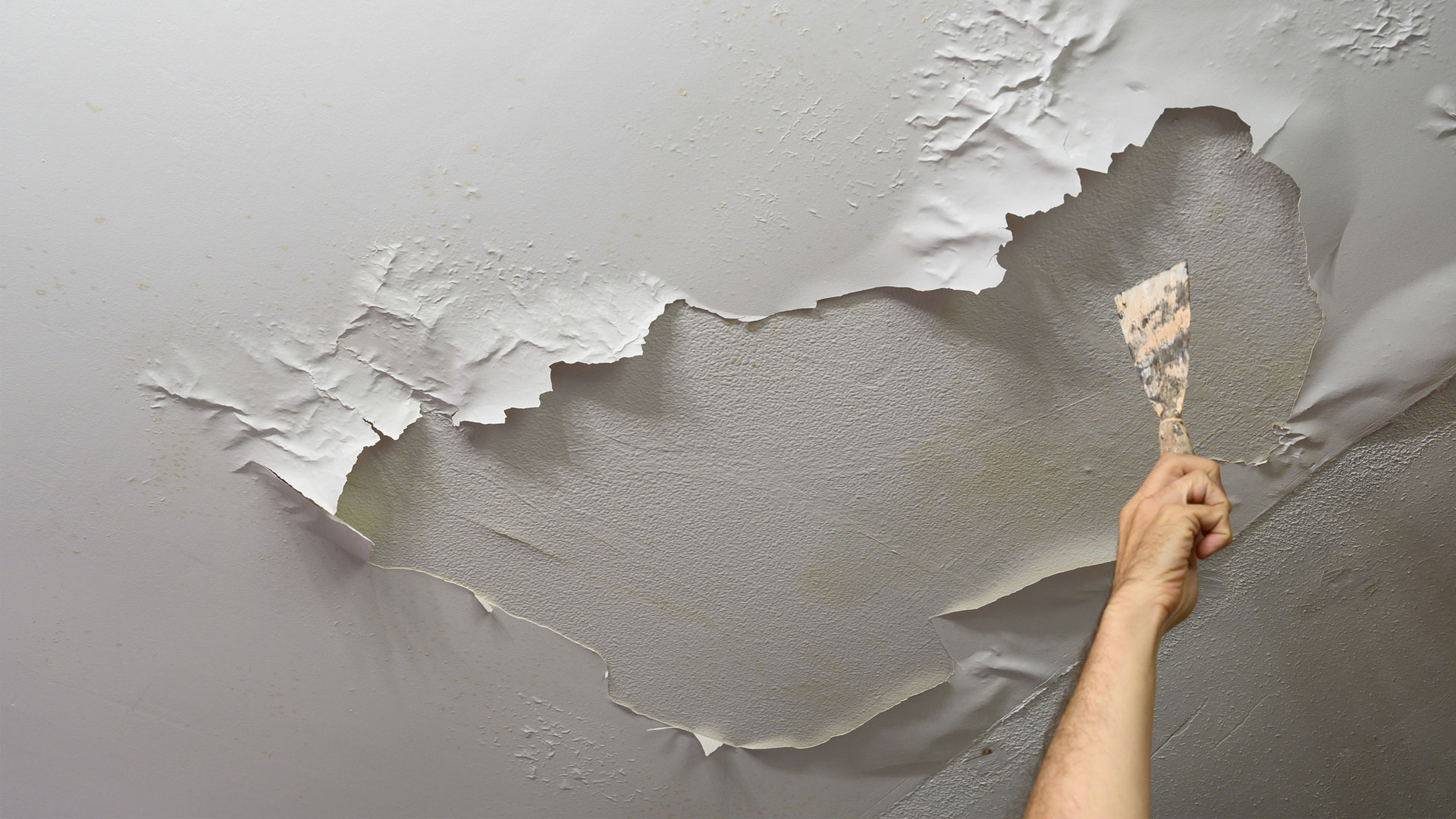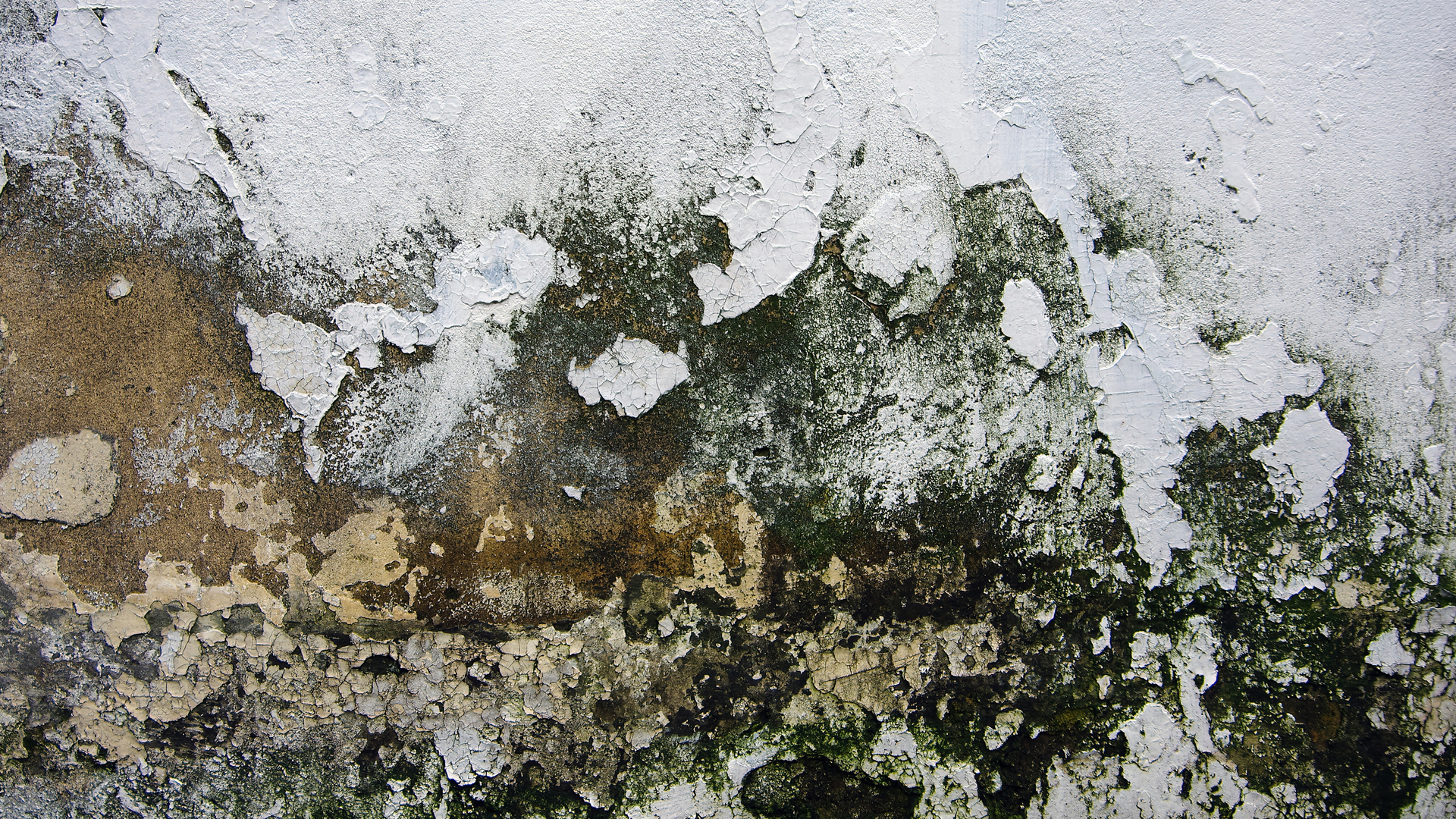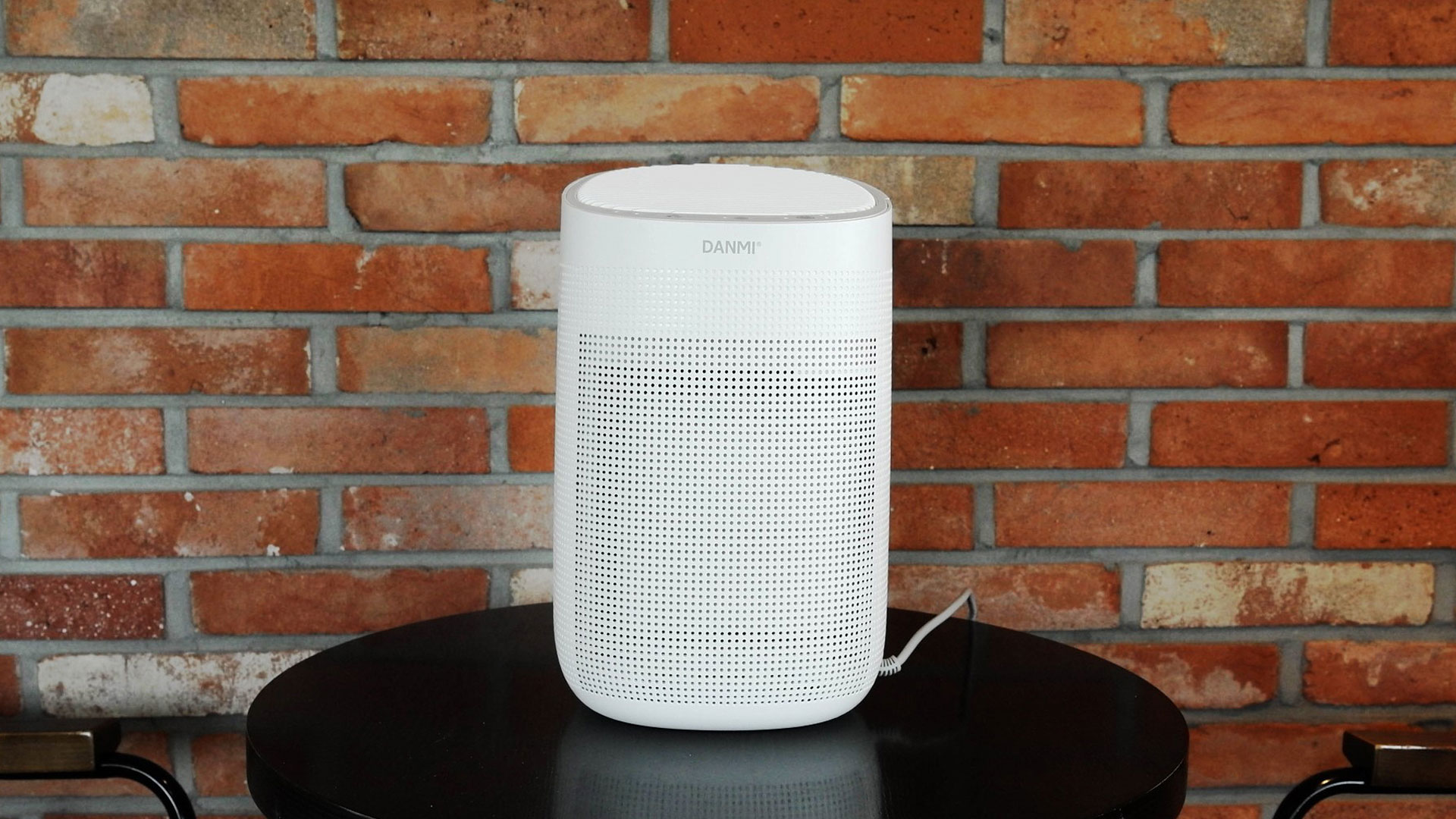How to remove mold from your basement
Damp, water leaks and excess moisture in the air can all cause mold to grow. Here’s how to remove mold from your basement.

If you want to know how to remove mold from your basement, this article takes you through the tools you need to get rid of it. According to the Environmental Protection Agency (EPA), it only takes a little moisture to cause mold spores to grow – and this can result in damage to your property and to your health.
We explore the mold-removing solutions that can protect your home in the long term, as well as the preventative measures designed to reduce the risk of mold starting its rapid growth.
Related: Best humidifiers
Having successfully removed mold from your basement, it’s important to consider long-term solutions – such as purchasing a dehumidifier – that will ensure it doesn’t reoccur. For more information on air quality issues relating to mold check out our features on what causes dampness in a house and is condensation on windows bad?
Assessing the problem
Mold thrives on moisture, so if you suspect it’s growing in your basement, check if any pipes are leaking and look for condensation that’s built up around heating, ventilation and air conditioning (HVAC) units. In addition, pay attention to where the basement walls meet the floor for signs that mold has settled and started to grow.
Discoloration of surfaces, musty odors and health symptoms such as a sore throat, nasal congestion or persistent coughing are all potential indicators of mold. According to the Centers for Disease Control and Prevention (CDC), mold should be removed as soon as it’s identified as it can be damaging to the human lungs and respiratory system.
• Related: Dehumidifiers on sale
Removing mold from your basement might feel like a daunting task, and if you are in doubt at any stage, it’s always best to consult a professional who will be able to advise you on the best course of action.
Getting to work

Having assessed the problem, the most important thing to do is deal with the source of the moisture and remove the mold that has grown from it. Repairs might include fixing a leaky pipe, having your HVAC units serviced or cleaned, or addressing a crack in a doorway or window. You might feel confident carrying out this work yourself, or perhaps you would prefer to call on the expertise of a specialist tradesperson.
The next step is to remove any moldy materials. "Widespread mold problems should be remediated by professionals working under containment," building consultant and Certified Indoor Air Quality Professional (CIAQP) Jeffrey C May told Live Science. "Once the mold growth has been removed, the affected surfaces should then be cleaned and sealed."
If the mold has only damaged a small area, such as a patch of carpet, ceiling tiles or wall material that’s not load-bearing, you could remove the material and replace it yourself. However, be sure to wear the correct personal protective equipment as the process could expose you to potentially health-damaging mold spores. Disposable gloves, safety goggles and a N-95 respirator mask that filters out 95% of all particles can be purchased at most hardware stores and will ensure you don’t inhale airborne spores, which can cause eye, nose and throat irritation.

"Failing to not properly remove mold and treat the area afterwards can mean your indoor air quality issues – and therefore the risk of mold forming – persist, so it’s really important to get rid of basement mold as soon as you identify it," said May.
That’s why it’s essential that you clean any material that’s been affected by mold that can’t be replaced. Use a bleach solution of one cup of bleach per gallon of water, or any domestic cleaning product, as well as disposable sponges to wash walls, floors and other hard surfaces. This will kill the mold and stop the spores spreading to other places in the house. In addition, to reduce the moisture levels in your basement, you could use a dehumidifier to dry excess humidity.
Long-term solutions
May says the best way to avoid mold problems in a basement is to dehumidify the basement and prevent water intrusion. In line with measures suggested by the EPA, you should aim to maintain an indoor relative humidity (RH) level below at 30-60% respectively, and a dehumidifier is one long-term solution that can help with this.

"The relative humidity can be measured by a meter that’s located on the floor away from the dehumidifier itself," May told Live Science. "If a dehumidifier can't keep the relative humidity at no more than 50%, a higher-capacity machine should be used. It's best to have any dehumidifier drain into a sink, sump or condensate pump so that the tank does not have to be emptied manually."
Other long-term solutions aimed at preventing mold growing in your home include ensuring the air in your basement is able to move freely, and this might mean installing an extractor fan to keep the space well ventilated and cleaning it regularly.
Sign up for the Live Science daily newsletter now
Get the world’s most fascinating discoveries delivered straight to your inbox.
Helen Alexander is a London-based writer, who has previously held managing editor positions at a number of publishing titles, and has project-managed content hubs for a number of global brands, including Bupa, Pfizer and Siemens. Having turned freelance four years ago, she now specializes in writing about health, travel and food.











